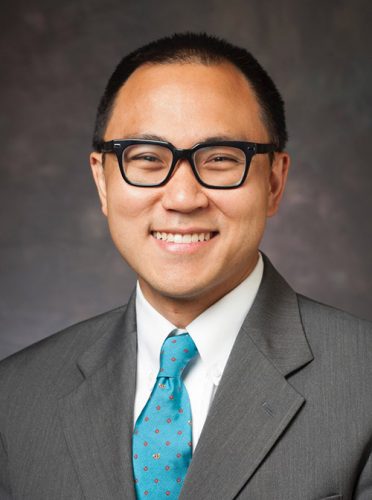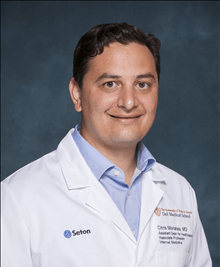In an observational study published in JAMA Internal Medicine, Dr. Krisda H. Chaiyachati showed that first-year internal medicine residents spent 66% of their time involved in indirect patient care, this included interacting with the patient’s records or recording their work. On average, residents spent 13% of their day directly involved in patient care and 7% doing educational activities.
The United States spends $12-14 billion on residency training per year. Understanding how residents spend their time is important as it may impact the quality of care that they provide in the future. This study was conducted to quantify the amount of time that an internal medicine resident typically spent doing various activities.

“Our findings from the largest multi-institutional time-motion study of internal medicine interns, to our knowledge, provides an updated snapshot of an intern’s experience in the hospital. Interns are predominantly engaged in indirect patient care, with little variation over 24 hours. Notably, more than 10 hours (43%) of a 24-hour period were spent interacting with the electronic medical record. In contrast, little time was spent in educational activities or direct patient care.”-Dr. Krisda H. Chaiyachati, M.D., M.P.H., M.S.H.P.
The iCOMPARE trial that was published in the New England Journal of Medicine randomly assigned internal medicine residents to two different duty-hour policies. Dr. Chaiyachati used the time-motion information collected during that trial to quantify the amount of time that a typical internal medicine intern spent doing various activities. During the trial, interns were monitored while working in the inpatient general medicine ward and their activities were recorded by trained observers. The different activities recorded included education, rounds, hand-offs, direct patient care, indirect patient care, and miscellaneous. Direct patient care included patient evaluation and management, family communication, and patient communication. Indirect patient care included interacting with medical records and communicating with team and non-team members. Additionally, the different categories could overlap.
A total of 80 interns from 6 mid-Atlantic teaching programs were observed for 2173 hours. The authors found that 66% of the day (a mean of 15.9 hours) was spent in indirect patient care. This included interacting with medical records (43%, 10.3 hours), communicating with team members (25%, 5.9 hours), and communicating with non-team members (14%, 3.3 hours). On average, an internal medicine resident spent 13% of their day (3.0 hours) involved in direct patient care and 7% (1.8 hours) doing educational activities. While multitasking did occur, the authors noted that 23% of all direct patient care and 28% of educational activities occurred while interns were simultaneously engaged in indirect patient care.

“The present time-motion study shows that, like it or not, internal medicine is now indeed a trade practiced before a computer screen. Our initial instincts likely align with those of Verghese that this is a destructive development, although we should be more humble and objective with our approach to this advance. What Chaiyachati et al termed indirect patient care—that is, entering orders, reviewing data, reading consultant notes, and organizing assessments and treatment plans into progress notes—still constitute vital patient care activities.”- Dr. Christopher Moriates, M.D.
When commenting on the results of the study, Dr. Chaiyachati wrote, “we found little difference in how time is allocated in the evenings and nights compared with the daytime. If anything, fewer hours are spent at patients’ bedsides relative to the morning period, and the least amount of educational activities was observed in the evening and night. These findings may concern educators because dedicated nighttime shifts have become more common after programs adapted to the ACGME’s 2011 duty hour regulations. Efforts to enhance the educational experiences at night may be warranted.” In his editorial, Dr. Christopher Moriates wrote “The present time-motion study shows that, like it or not, internal medicine is now indeed a trade practiced before a computer screen. Our initial instincts likely align with those of Verghese that this is a destructive development, although we should be more humble and objective with our approach to this advance. What Chaiyachati et al termed indirect patient care—that is, entering orders, reviewing data, reading consultant notes, and organizing assessments and treatment plans into progress notes—still constitute vital patient care activities. Much like lamenting that news articles are increasingly read on screens rather than in large-format newsprint, the format of how this activity is performed is probably not as professionally significant as we may initially perceive.”



Leave a Reply
You must be logged in to post a comment.